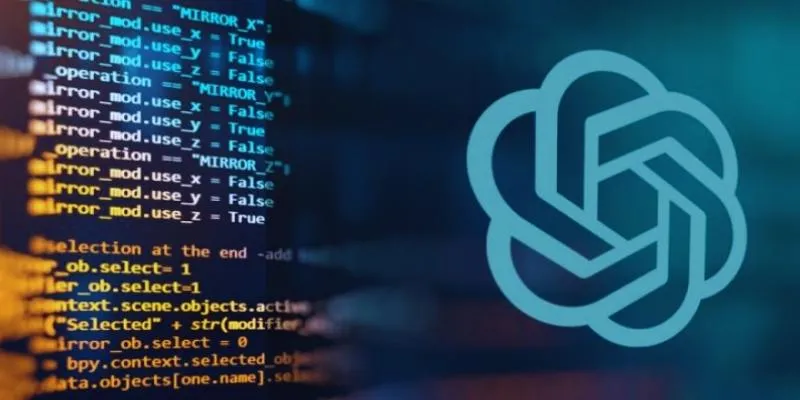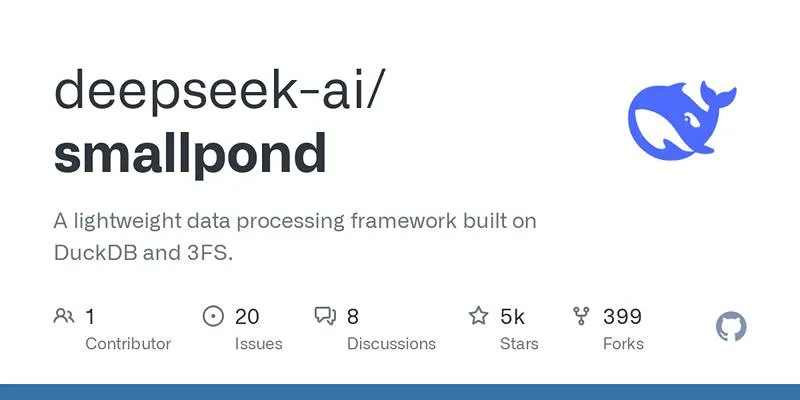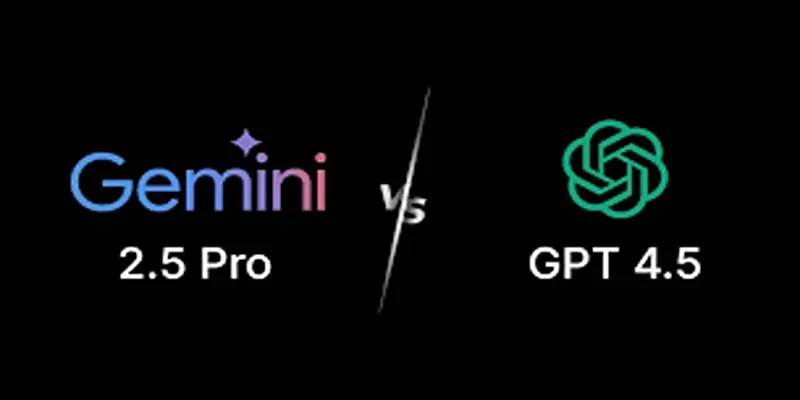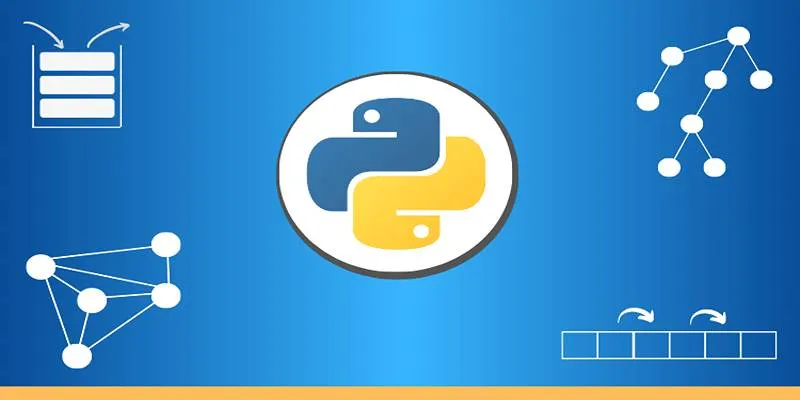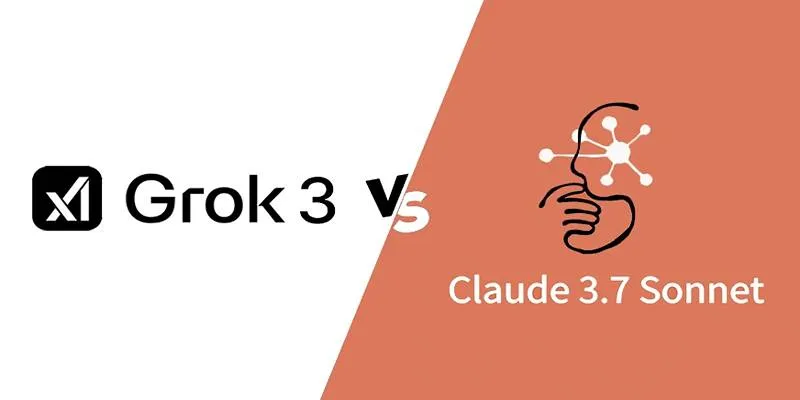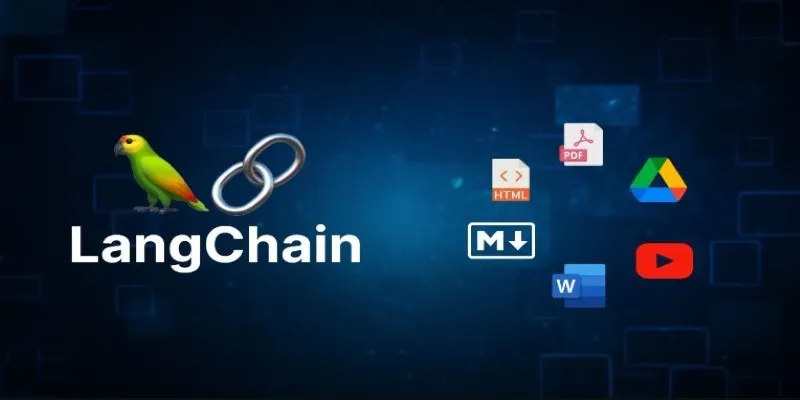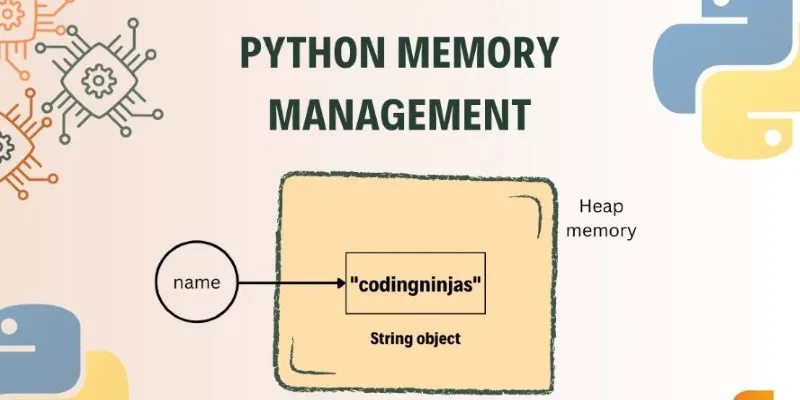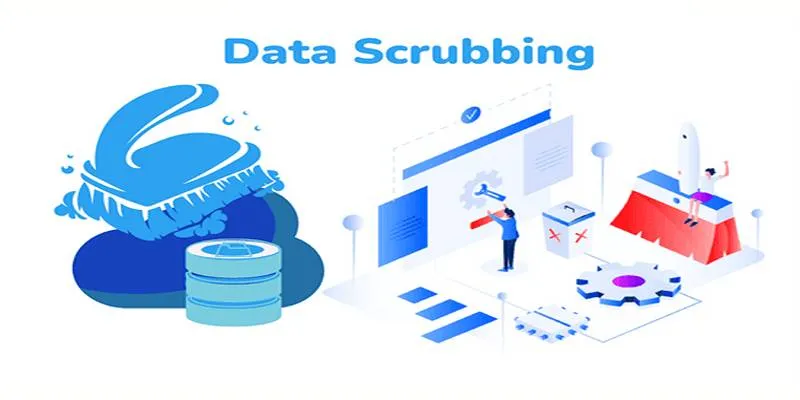Writing high-quality code isn’t just about making it work; it’s about ensuring it is clean, easy to understand, and ready for future updates. Developers often spend countless hours trying to clean up messy code, track bugs, and improve performance. This is where LangGraph Reflection becomes invaluable. It assists developers not just in writing code—but in writing better code.
LangGraph Reflection is a revolutionary approach to coding, providing developers with automatic feedback to make better decisions during development and maintain a strong codebase over time. Let’s explore how this innovative system enhances code quality in real-world software projects.
What Is LangGraph Reflection?
LangGraph Reflection is a cutting-edge development tool that allows your code to reflect on itself during or after execution. It can analyze how code is structured and executed and even how it behaves when errors occur. This reflection provides valuable feedback, especially when working with large or collaborative projects.
Why Does Reflection Matter?
Reflection acts like a mirror for your code. Instead of guessing what might go wrong, the code can provide insights itself, offering:
- Real-time analysis of execution paths
- Insight into data movement through the system
- Opportunities to catch errors early
- Suggestions for better code structure
LangGraph enhances this concept, making it more interactive and intelligent, especially for modern applications using multiple modules or AI agents.
How LangGraph Reflection Enhances Code Quality

LangGraph Reflection focuses on four major areas that impact code quality: clarity, structure, collaboration, and debugging.
Improves Clarity and Readability
Poor-quality code is often difficult to read. LangGraph Reflection assists in cleaning up confusing code structures by:
- Flagging overly complex code
- Suggesting clearer naming conventions
- Helping break large functions into smaller, manageable parts
By showing real-time code execution, developers can identify and fix difficult-to-follow sections before they become significant issues.
Strengthens Code Structure
LangGraph Reflection ensures proper code structure. If a function is overloaded or logic is buried in nested loops, the tool highlights these issues, leading to:
- Better separation of concerns
- Easier-to-maintain modules
- Fewer code smells, such as duplicate logic or unused variables
Enhances Team Collaboration
Consistency is crucial when multiple developers work on the same project. LangGraph Reflection provides feedback to keep everyone aligned:
- Teams can share reflection results
- Everyone can follow best practices
- Onboarding new team members becomes easier
This feature is particularly useful in agile environments or open-source communities where code quality can vary significantly between contributors.
Using LangGraph Reflection in Real Projects
To appreciate LangGraph Reflection’s value, it must be utilized in real coding scenarios. Here’s how it typically integrates into a developer’s workflow.
During Development
As developers write functions or modules, LangGraph Reflection offers real- time suggestions, such as:
- Highlighting unused variables
- Pointing out long method chains
- Recommending improved loop or conditional structures
It’s akin to having a virtual code reviewer working alongside you.
During Code Reviews
When it’s time for code review, LangGraph Reflection adds an additional layer of quality control. Reviewers can:
- Use reflection logs to understand decision-making processes
- Identify potential risks without reading every line
- Make targeted suggestions based on execution paths
After Deployment
Even post-deployment, LangGraph Reflection assists in monitoring code behavior and performance. If issues arise, it helps trace back to the root cause.
Integration into Developer Workflows
LangGraph Reflection integrates seamlessly into common developer environments and workflows, including:
- Local development setups: Developers can run LangGraph locally to receive immediate feedback while coding.
- CI/CD pipelines: Reflection can run during automated builds to ensure only clean, optimized code is deployed.
- Version control systems: Integration with Git-based workflows allows teams to receive suggestions as part of pull requests.
By operating in the background, the tool supports, rather than interrupts, the development flow, becoming a natural part of the coding process—always present, never intrusive.
Core Benefits for Developer Productivity
Integrating LangGraph Reflection into daily workflows provides several measurable benefits that directly enhance productivity:
- Faster Debugging: The tool identifies bugs during development, reducing time spent on post-deployment fixes.
- Improved Code Readability: Reflection highlights overly long or complex code sections, promoting cleaner code.
- Smarter Refactoring Decisions: Developers receive context-aware guidance on reorganizing or restructuring functions and modules.
- Reduced Technical Debt: Continuous feedback prevents the accumulation of bad habits and design flaws.
- Enhanced Learning for Juniors: Less experienced developers receive actionable advice and learn best practices without constant mentorship.
These benefits contribute to better team velocity and smoother development sprints.
Getting Started with LangGraph Reflection
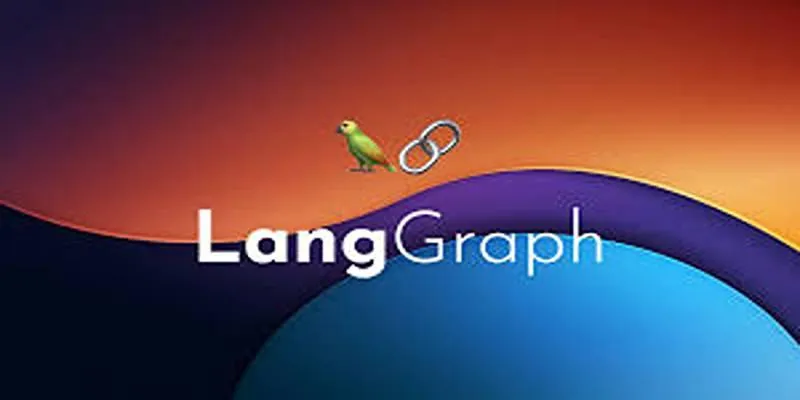
You don’t need to be an expert to start using LangGraph Reflection. Most systems supporting it offer easy integration with existing tools.
Here’s how to begin:
- Install the LangGraph SDK or plugin for your development environment
- Set up reflection triggers based on events, functions, or agents
- Review feedback directly in your editor or console
- Adjust your code based on suggestions and reports
Once set up, it runs quietly in the background—offering suggestions and identifying issues in real-time.
Conclusion
LangGraph Reflection is more than a trend; it’s a practical tool that significantly improves code quality. Whether you’re a solo developer or part of a large team, using reflection can make your code cleaner, smarter, and easier to manage. It doesn’t replace developers but supports them by offering insights and feedback that typically take years to master. By integrating LangGraph Reflection into your workflow, you can spend less time fixing problems and more time building exceptional software. If you’re serious about writing better code, this tool could become your new best friend.
 zfn9
zfn9
